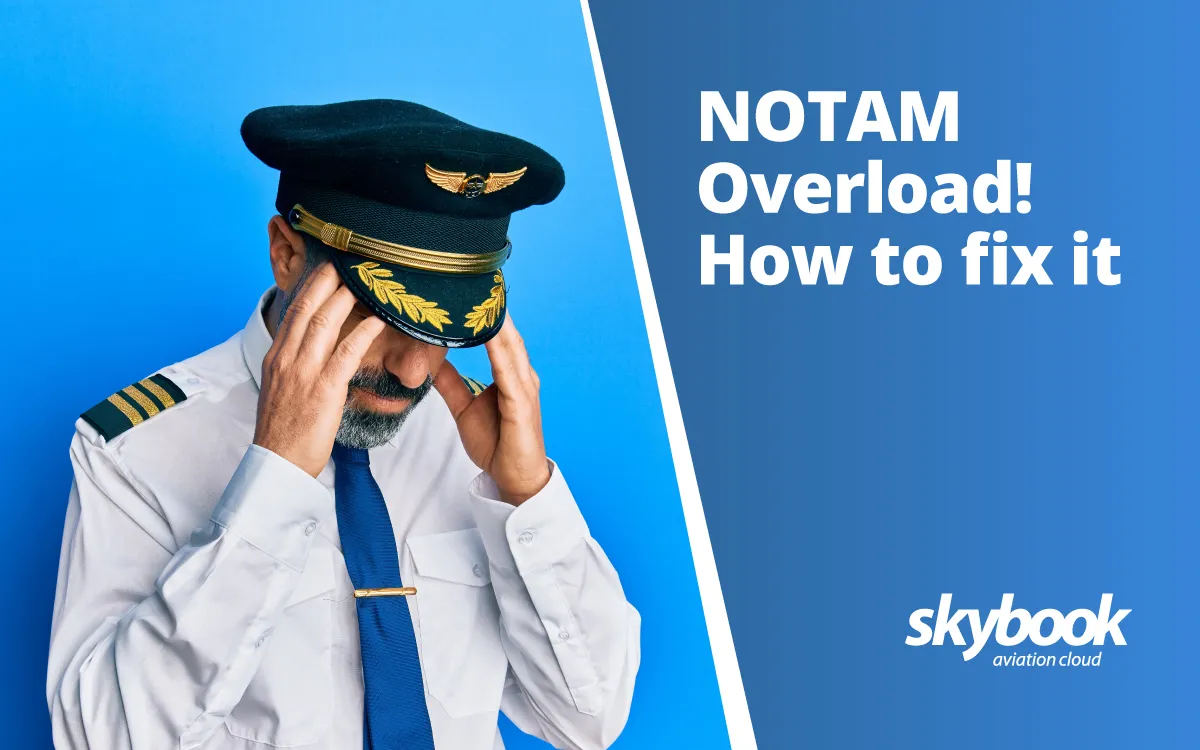
NOTAM overload and how to fix it
Airfield classifications enhance decision-making, situational awareness and safety.
Let’s take a closer look at the meaning of airfield categories, and how Airfield Watch takes the stress out of monitoring METAR, TAF and NOTAMs…
Airfield categories, typically referred to as Category A, B, and C airports, are used across the aviation industry to define airport complexity, operational requirements and the level of crew qualification needed.
They help flight operations teams quickly understand:
These categories form part of an airline’s crew training, dispatch decision-making and operational planning.
Category A airports are the most straightforward to operate into. They typically offer:
Dispatchers don’t necessarily need to assign additional training or briefing requirements for these airfields.
Although weather, NOTAMs and operational changes can still create disruption which is where monitoring tools become essential.
Category B airports require additional crew briefing because they include one or more complexities, such as:
For these airfields, operational awareness becomes critical. Especially around visibility changes, runway conditions, or short-notice NOTAMs.
Some well-known Category B airfields include Florence (FLR), Dubrovnik (DBV) and Lanzarote (ACE).
Category C airports are the most complex and require specific crew training or certification before operating there. Certain characteristics include:
For flight operations teams, Category C airfields demand constant weather surveillance, real-time alerting, and tight operational control.
Even small changes in crosswind, visibility, or runway availability can significantly impact the flight plan.
Some well-known Category C airfields include Innsbruck (LOWI), Madeira (FNC) and Santorini (LGSR).
Airfield categorisation directly affects:
Flight planning
Operators must consider crew qualification, airport restrictions, and weather minima when planning.
Operational suitability
If conditions exceed crew or aircraft limits, even temporarily; dispatchers must adapt quickly.
Alternates
Category B and C airports are often unsuitable alternates during marginal weather. This increases the need for live visibility, TAF trends, NOTAM checks and runway condition monitoring.
Passenger safety and schedule integrity
A single unexpected NOTAM or drop in visibility can trigger delays, diversions, extra fuel burn, missed connections and crew or seating issues; so staying ahead of these risks is key to protecting your schedule.
With Airfield Watch, OCC teams get instant insight into weather and NOTAMs.
Airfield categories and customised minima work together to give a clear, visual picture of each operational airport.

Airfield Watch is quick to implement for flight operations, dispatchers and pilots who need:
It gives teams immediate situational awareness for cloud ceiling, visibility, RVR, wind speed and gusts.
Weather minima can be specifically set to Groups of airfields, as well as airfield specific minima, including alternate airports, en-route alternates and ETOPS alternates.
With colour coded graphics highlighting minima for normal, warning and critical weather.

Other key features include:
Critical NOTAM alerts such as runway closure
Quickly identify if the airport is becoming unsuitable and receive notam alerts directly to specific emails.
METAR/TAF forecasting trends
The METAR & TAF trends help dispatchers evaluate if conditions are improving or deteriorating.
It helps to attract attention to troublesome areas when our team is busy with daily operational tasks
Domas Makarevičius,
Flight Planning Manager, GetJet Airlines
These airports typically demand more frequent checks, tighter monitoring of weather minima, quicker responses to changing conditions, and more detailed pilot briefings.
Airfield Watch’s real-time visibility in the OCC and NOTAM management tool, helps dispatchers quickly assess:
This leads to fewer surprises, more stable operations and better risk management.
A volcanic eruption in Italy closed our destination. Luckily, with NOTAM watch, we were the first to know and called the flight back, reducing disruption over all the fleet.
Ahmed Hassan,
Manager, Operations Control Center
Airfield categories define the operational baseline and Airfield Watch ensures your decisions are informed by real-time operational awareness.
Book your Airfield Watch demo and trial today, and unlock professional METAR, TAF and NOTAM monitoring.
You may also be interested in our handy Airfield Watch App of iOS!